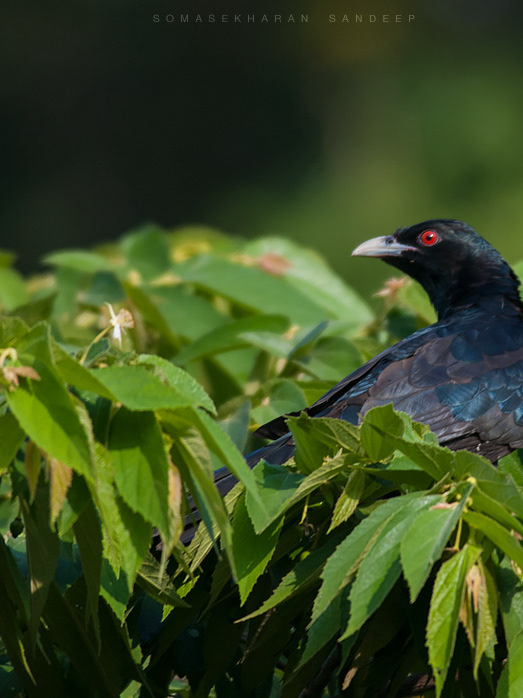A bird's eye view of the fall
It starts this way. The smaller plants and creepers start turning first, and you know that the fall is upon us.
The chlorophyll deficient VIPs of the garden
The redhead- Somewhere off the Blue Ridge Parkway in the Appalachians stood this magnificent old tree, with all its leaves sporting a fiery red.
When the kitchen is open and fully functional, the greens are at their vibrant best.
As the solar panels of the leaves shut down, the fireworks begin.
A red tailed hawk poses in front of some pretty fall leaves
This magnificent tree reminded me of Shub-Niggurath, the deity from the Lovecraft universe
In higher latitudes, the colors change more rapidly and uniformly
The interspersed conifers provided the much needed verdant relief
The Linn Cove Viaduct looks outlandish in the fall. I was particularly lucky that this spot had hit the peak when I was in the Appalachians





